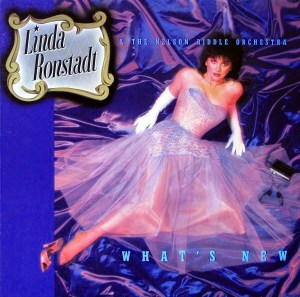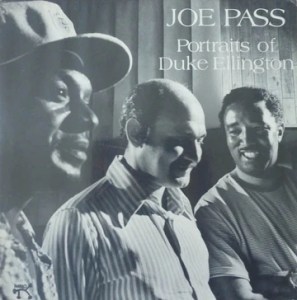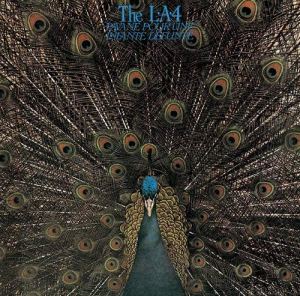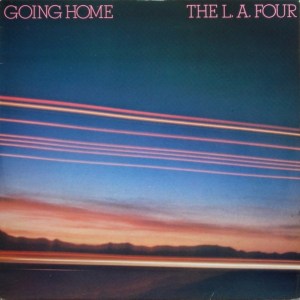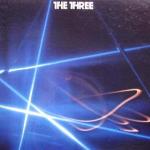More Linda Ronstadt
More Nelson Riddle
- Boasting KILLER Shootout Winning Triple Plus (A+++) grades or close to them on both sides, we guarantee you’ve never heard What’s New sound this good
- So hugely spacious and three-dimensional, yet with a tonally correct and fairly natural sounding Linda, this is the way to hear it
- What engineer George Massenburg gets right is the sound of an orchestra, augmented with jazz musicians (Ray Brown, Tommy Tedesco, Plas Johnson, Bob Cooper), all performing live in a huge studio
- “…the best and most serious attempt to rehabilitate an idea of pop that Beatlemania… undid in the mid-60s.”
- If you’re a Ronstadt fan, this title from 1983 is surely a Must Own. The complete list of titles from 1983 that we’ve reviewed to date can be found here.
With two outstanding sides, this pressing gets two critically important elements of the recording right:
The strings in the orchestra, and, for obvious reasons, even more importantly, Linda’s voice.
We guarantee that these sides give you a more natural sounding Linda than you’ve ever heard, or your money back.
If all you own is an mediocre sounding pressing or the truly awful Mobile Fidelity from 1983, you are in for a world of better sound with this very record.
